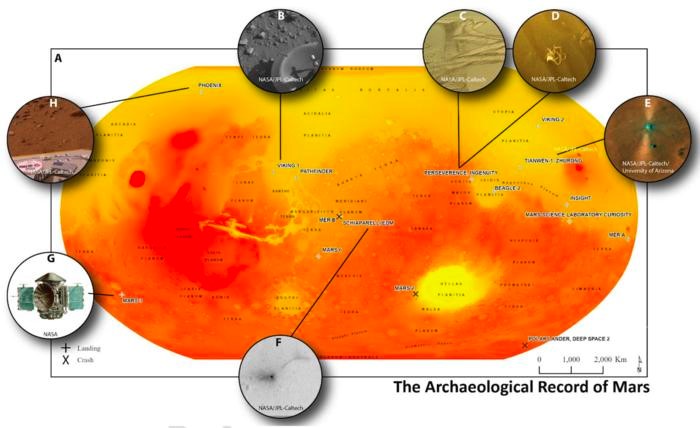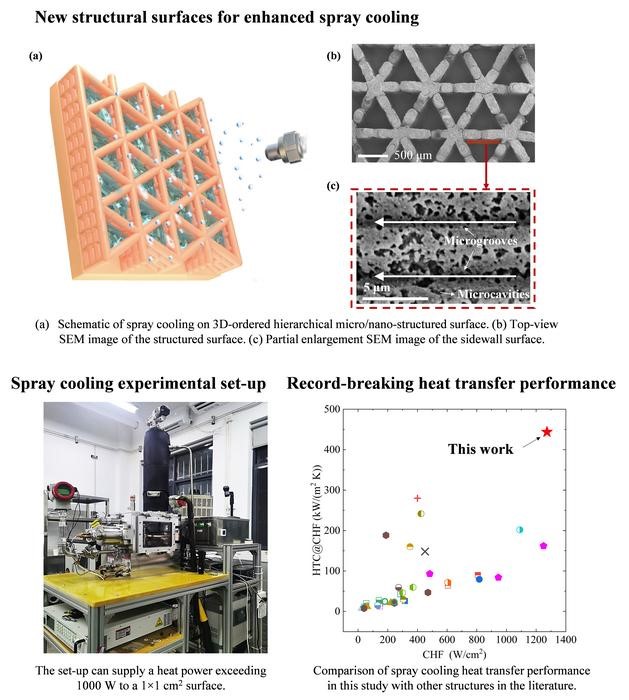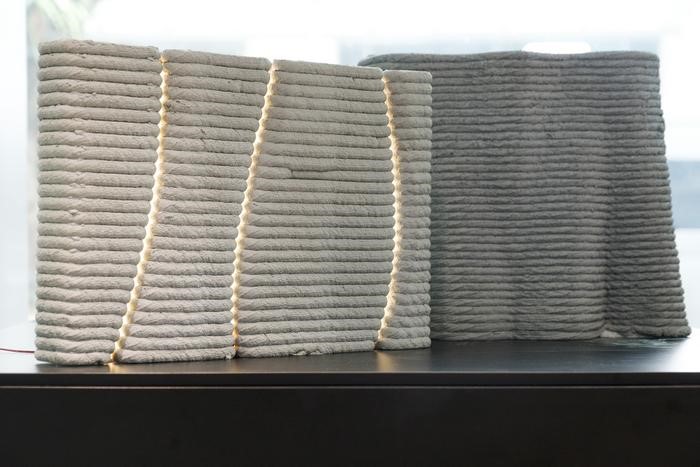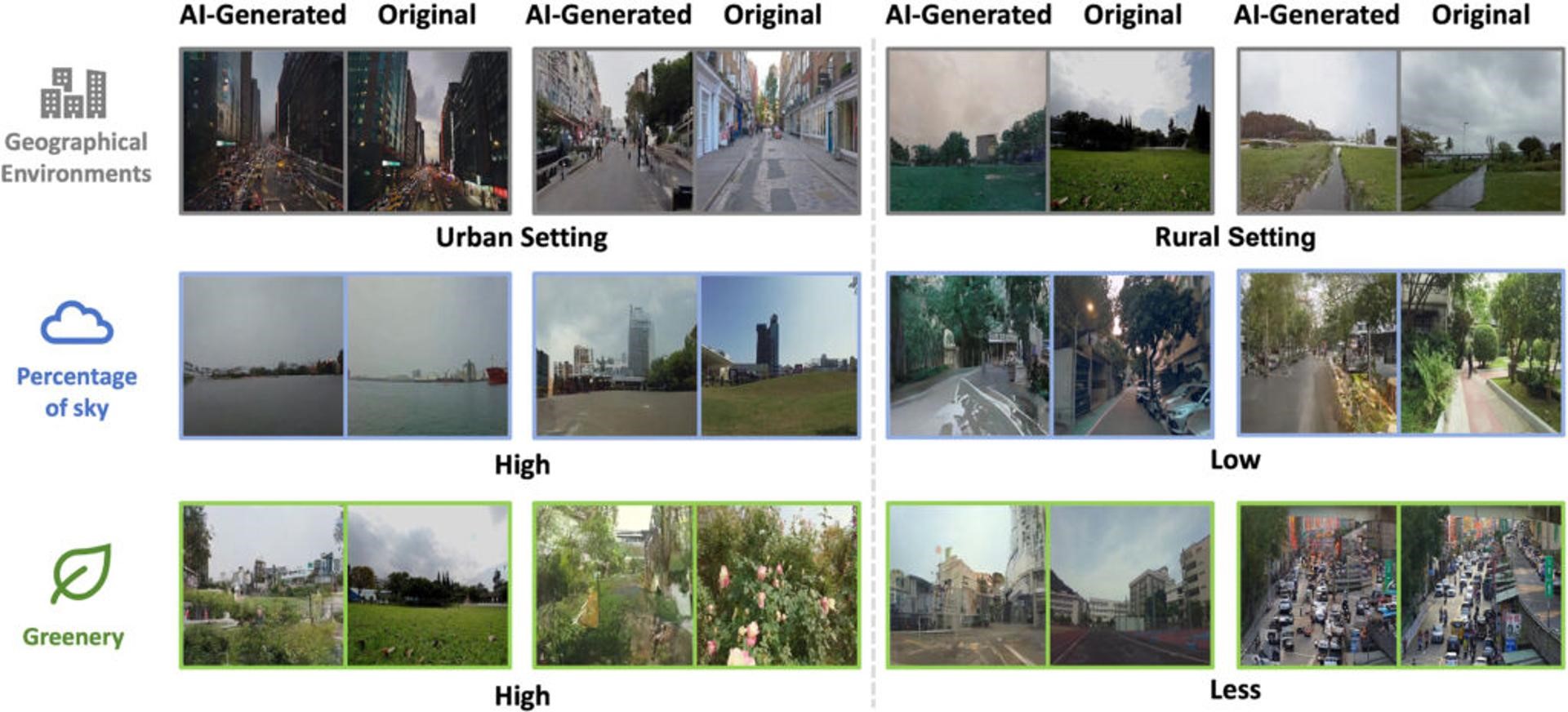Smarter Streetlights: New Nanotechnology Could Reduce CO2 Emissions by Over 1 million Tons
Advancing Energy-Efficient Streetlights While Cutting Carbon Emissions
A recent study, jointly conducted by King Abdullah University of Science and Technology (KAUST) and King Abdulaziz City for Science and Technology (KACST), highlights the potential of nanomaterials in reducing the carbon footprint of LED streetlights. Researchers estimate that integrating this technology in the U.S. could lower carbon dioxide emissions by over one million metric tons.
At the core of this breakthrough is a nanomaterial called nanoPE, which enhances thermal radiation from the LED surface, effectively lowering its operating temperature. LEDs generate heat, and excessive temperatures can degrade internal components and shorten their lifespan [1]. Notably, about 75% of an LED’s energy is lost as heat. By mitigating this thermal buildup, nanoPE improves LED performance and durability while substantially reducing energy-related emissions.
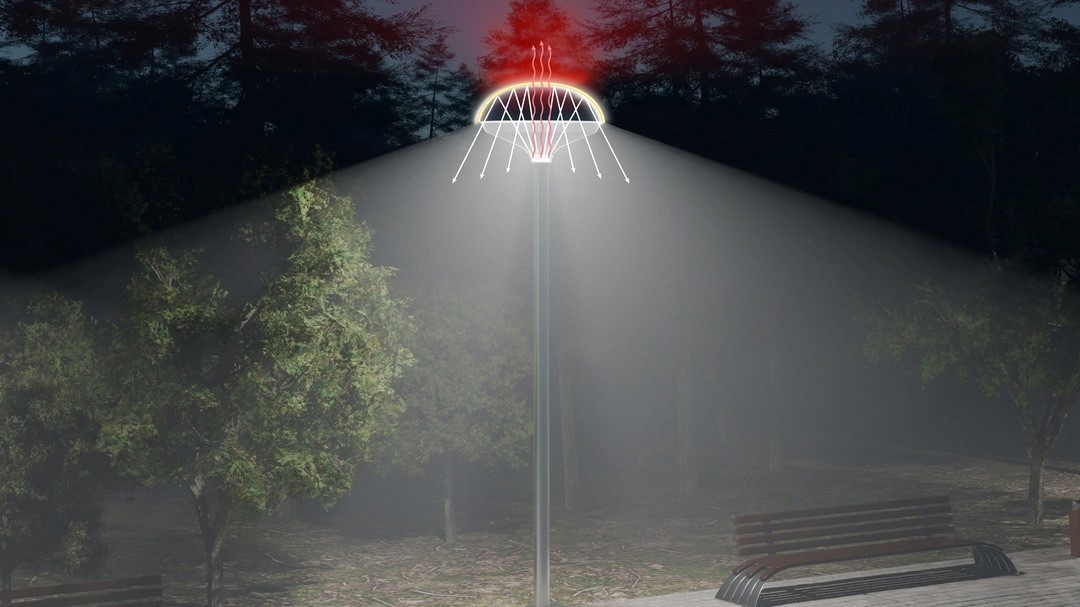
Figure 1.Nanomaterial-Based LED.
KAUST Professor Qiaoqiang Gan, the study's lead researcher, emphasized, “LEDs are already the preferred light source due to their efficiency and longevity. Even small enhancements can further boost their performance, significantly impacting sustainability since minor improvements add up when applied on a large scale.” He noted that lighting accounts for roughly 20% of global electricity consumption and nearly 6% of greenhouse gas emissions worldwide.Figure 1 shows nanomaterial-based led.
A Step Toward Sustainable Lighting
Dr. Hussam Qasem, General Manager of the Future Energy Technologies Institute at KACST and a contributor to the study, stated, “Our design greatly enhances LED cooling while preserving high illumination efficiency, making it a promising step toward sustainable lighting in Saudi Arabia.”
Traditional LED streetlights are designed to direct light downward while trapping thermal radiation within the LED. However, when coated with nanoPE, the streetlights are reoriented to face upward. This inversion allows infrared light—responsible for thermal radiation—to pass through the nanoPE material while reflecting visible light downward for illumination.
The study found that over 80% of infrared light emitted by nanoPE-coated LED streetlights escapes into the sky, while more than 95% of visible light is reflected downward, efficiently lighting the intended area.
NanoPE is derived from polyethylene, the world’s most widely produced plastic [2]. By engineering nanoscale pores—just 30 nm in size, roughly 1,000 times thinner than a human hair—and manipulating the plastic into a thinner sheet, scientists have developed a nanomaterial that transmits infrared light while reflecting visible light, significantly enhancing LED efficiency.
Reference:
- https://scitechdaily.com/streetlights-get-smarter-new-nano-tech-could-cut-co2-by-over-1-million-tons/
- https://www.azonano.com/news.aspx?newsID=41324
Cite this article:
Keerthana S (2025),Smarter Streetlights: New Nanotechnology Could Reduce CO2 Emissions by Over 1 million Tons ,AnaTechMaz, pp. 299



